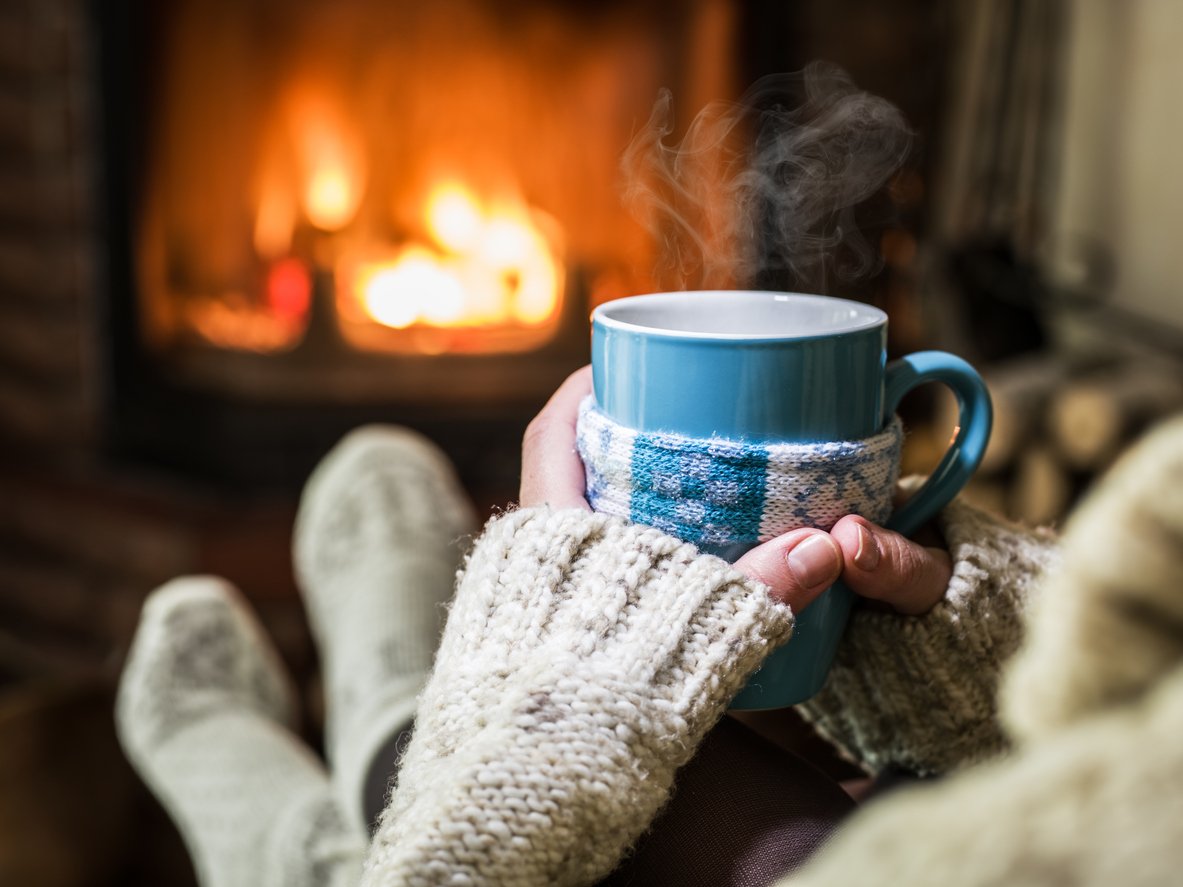Taking the time to make home improvements that cut your heating bills and ensure your comfort is time well spent. When you prepare your home for the cold temperatures ahead, you might be saving it from the damages snow, ice and extreme cold cause.
Where to Start
The roof and attic of your home are the most vulnerable to expensive damage from air and roof leaks. Give the attic a close inspection to look for signs of moisture. You may see mold, smell mildew, or notice black deposits on the insulation. Look for water stains or streaks on bare wood that could indicate a new roof leak. Daylight shining through the roof isn’t a good sign. If you’ve ever had ice dams build on the roof, you may have air leaks between the attic and the ceilings or the attic lacks enough insulation. Whenever the air in the attic warms above freezing, the heat can melt the snow on the roof. As it trickles down, it cools off and freezes at the edges of the roof or in the gutters. Over time, it builds. When it melts, some of the water drains could penetrate the wood along the eaves and eventually damage them. If you find anything amiss in the attic or roof, having an expert make the repairs or home improvements to solve the problems will preserve the attic’s structural integrity. In the case of insulation, adding more cuts heating and cooling bills for decades.
Dealing with Windows
Unless you have dual or triple pane windows, hang the storm windows to provide a layer of insulation and windproofing. You may even need them for multiple pane windows if the seals have broken. Test by holding your hand on the inside glass pane. If they feel cold, inspect the windows carefully. In our climate, home improvements for windows are worth the investment. Winters are long and cold, and heat is always moving to colder temperatures. Stopping the flow of heat outside through all the windows cuts your energy bill significantly, especially if you install thermal or Energy Star windows.
Tuning up the Furnace
A clean and adjusted furnace not only runs better, it’s safer and cuts your heating bills. The goal of HVAC pros is to bring the system back to its original condition as much as possible. The inspection includes deep cleaning, adjustments and checking the system’s safety switches. The manufacturer may require proof of maintenance if your system is under warranty.
An annual inspection and cleaning for a fireplace or wood stove is crucial for their safety. The soot that builds inside the chimney may contain creosote, a flammable deposit caused by wood smoke.

Bottom Line
In the end, the time and money you invest in home improvements for winter could more than pay for itself in prevention and lower energy bills. Even better, some of these home improvements last for years and protect your home year-round.
